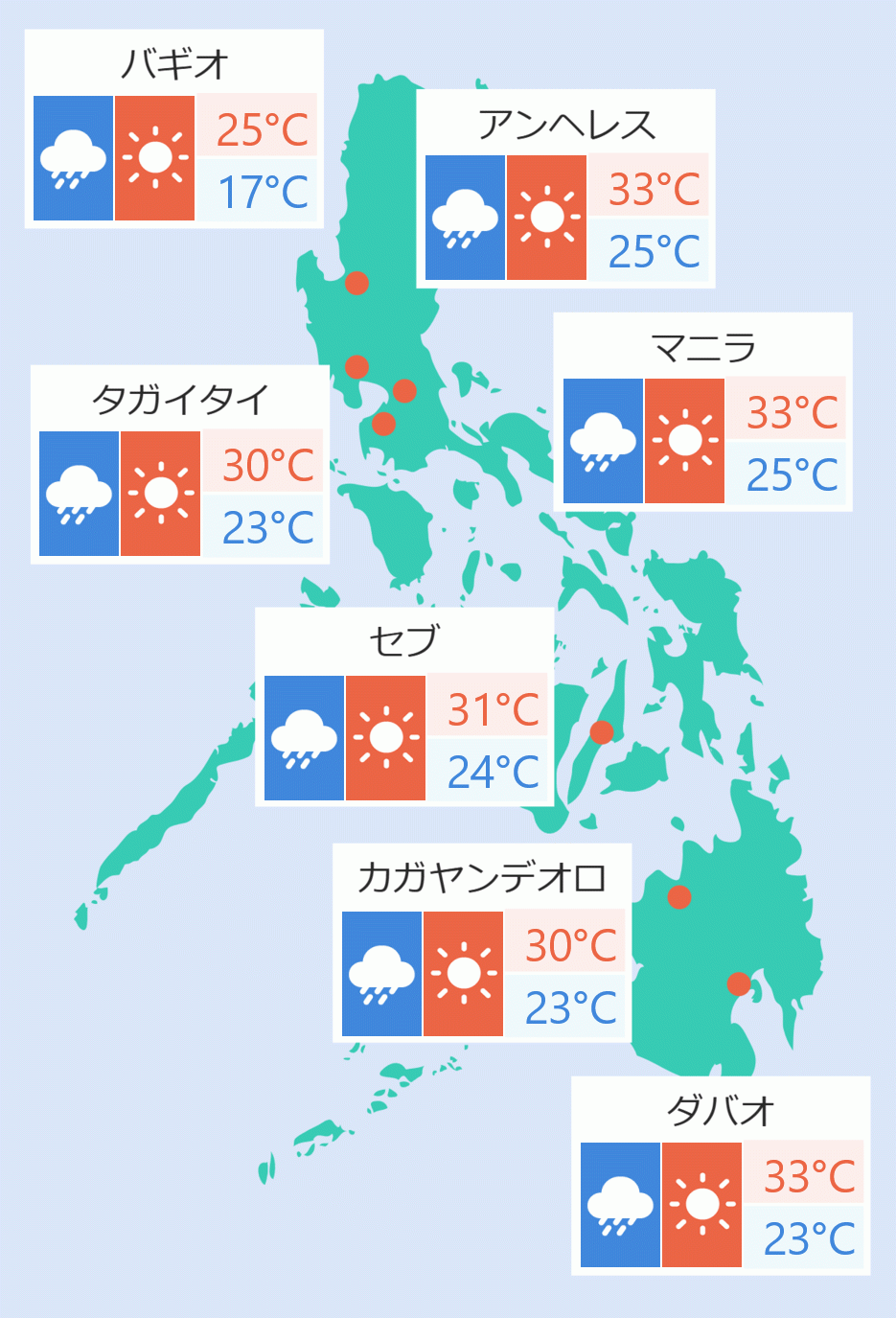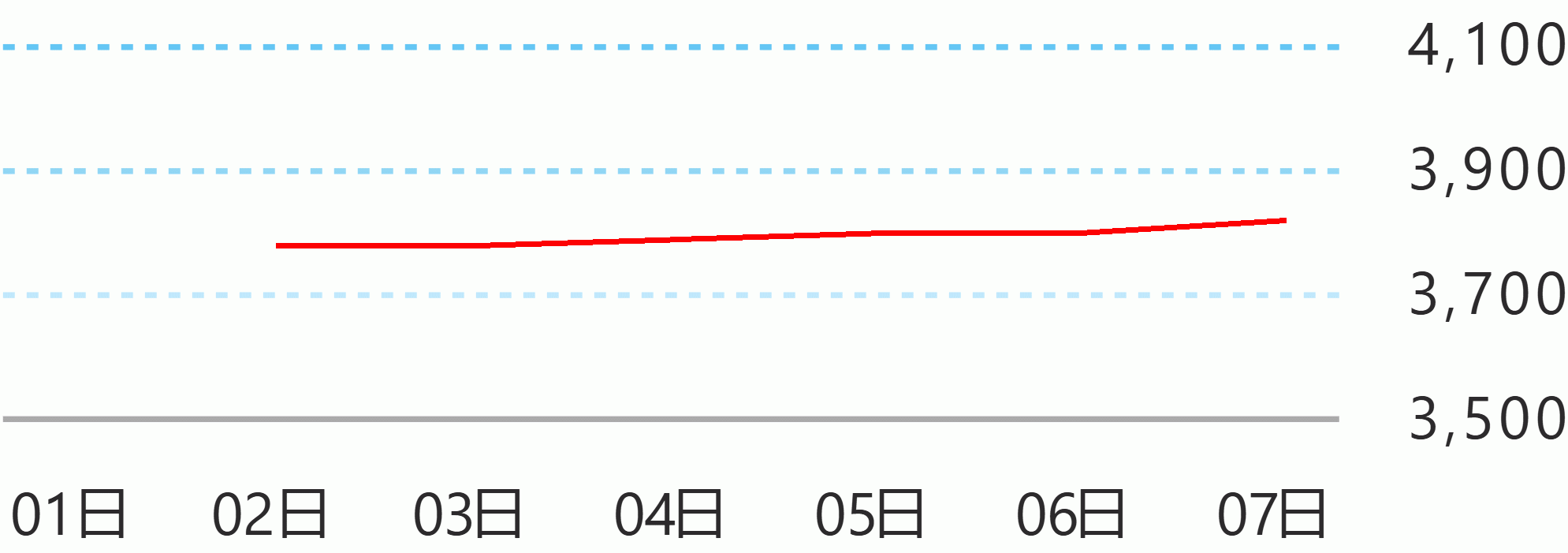The Monetary Board approved the new set of 2022 and 2023 balance of payments (BOP) projections during its Thursday meeting.
The current set of BOP projections incorporates latest available data as well as recent emerging developments.
The emerging BOP outlook for 2022 and 2023 remains quite circumspect in view of the recent buildup in external risks. Of note is the downgraded global growth outlook following the escalation of the Ukraine-Russia conflict and its international ramifications, most notably the increase in food and fuel prices.
The anticipated slowdown of China’s economy could also put pressure on trade prospects.
Meanwhile, capital flows could be particularly volatile following the abrupt monetary policy normalization in the US and in other major economies.
Amid these external challenges, the Philippines’ sustained strong macroeconomic fundamentals as well as the passage of a series of business-friendly legislations are expected to serve as the dominant pull factors for investment inflows into the country.
The latest forecasts on foreign direct investments and business process outsourcing receipts continue to point to robust expansion. The adoption of the ten-point agenda of the government, specifically the push for the full reopening of the economy and measures to facilitate the country’s digital transformation as well as legislative amendments relating to foreign ownership, retail trade and public services, are envisaged to foster opportunities for the country’s foreign exchange-earning sectors.
In addition, the full reopening of overseas Filipino host economies as well as the easing of entry restrictions for international tourists are expected to boost overseas Filipino remittances and speed up the recovery of the tourism sector.
The emerging 2022 overall BOP position is projected to post a higher deficit of $6.3 billion (-1.5 percent of GDP) from the previous forecast of a $4.3 billion deficit (-1.0 percent of GDP), underpinned largely by the projected widening of the current account deficit to $19.1 billion (-4.6 percent of GDP) from the earlier projected $16.3 billion (-3.8 percent of GDP).
This development is reflective of the foreseen sustained acceleration of goods imports by 18 percent driven mainly by the surge in international commodity prices alongside continued recovery of the domestic economy, while goods exports growth is forecasted to moderate to 7 percent due to lingering supply constraints, high input costs, and prospects of weaker global demand.
On the other hand, both services exports and services imports are projected to post double digit growth rates of 11 percent and 13 percent, respectively, supported mainly by the reopening of the economy as well as easing of entry restrictions for foreign tourists, beginning February 2022.
The forecast for overseas Filipinos’ (OF) cash remittances is retained at 4.0 percent in line with its long-term growth trend, rising OF workers’ (OFWs) deployment on the back of renewed interest in hiring of OFWs, and growing use of digital financial services among OFs and their beneficiaries.
The financial account is anticipated to register higher net inflows of $11.8 billion from the previous projection of $10.9 billion. Key drivers supporting this outlook are the sustained uptrend of non-resident foreign direct investments (FDI) inflows of $11 billion as well as foreign portfolio inflows of $4.5 billion fueled in part by the planned issuances of initial public offerings (IPOs).
The emerging 2022 GIR is seen at $105 billion (8 months of import cover), lower than the previous forecast of $108 billion (8.4 months of import cover) reflecting latest trends as well as the expected rationalization of the national government’s foreign borrowings amid fiscal consolidation efforts.
For 2023, the overall BOP is seen to be broadly unchanged from the previous deficit forecast of $2.6 billion (-0.6 percent of GDP), hinged mainly on expectations of higher inflows in the financial account supported by improved business and consumer sentiment, stronger domestic demand, and continued implementation of business-friendly legislative reforms.
The current account is seen to remain in deficit of $20.5 billion (-4.4 percent of GDP) explained largely by the projected sustained widening of the trade gap as both goods exports and goods imports expand by 6 percent each.
This is seen to be partially tempered by the robust growth in trade in services as services exports are forecasted to grow by 9 percent while trade in services imports by 8 percent driven mainly by the projected sustained recovery momentum in the tourism and travel-related services as well as the resurgence of the BPO industry on the back of improving external demand for information technology (IT)-BPO services.
Growth prospects for OF remittances in 2023 remain unchanged at 4 percent as base effects are expected to fade and as the recovery of partner economies stabilize to pre-pandemic levels.
With more widespread achievement of inoculation targets in 2023, both consumer and business sentiments are expected to further improve, which bode well for international tourism and OF workers’ deployment prospects.
Meanwhile, FDI and FPI inflows are anticipated to reach $12 billion and US$6.7 billion, respectively, shored up by the expected sustained growth momentum of the economy that is buttressed by gains in broadening and modernizing the country’s infrastructure base as well as the continued implementation of other investment-friendly reforms.
The forecasted GIR level in 2023 of $106 billion is kept in line with the prospects for FX flows into the major external accounts for 2023. There is also scope to maintain sufficient reserves against possible adverse market volatilities as policy normalizations continue into 2023.
Growth prospects for 2023 remain soft as the confluence of factors shaping the 2022 external outlook are likely to persist. The challenge of dealing with the COVID-19 crisis legacies, the Ukraine-Russia war, as well as global financial tightening continue to dampen prospects for the country’s external sector next year.
Even as the global economy is expected to sustain its recovery momentum in 2023, the mounting uncertainty continues to temper expectations for a durable upturn in external demand.
As such, the same positive domestic considerations noted for this year are likely to remain as the primary pull factors supporting inward financial flows next year.
More importantly, the continued legislation of structural reforms and implementation of business- and investment-enabling laws are seen to further enhance trade and investment viability.
The BSP continues to emphasize limitations to the forecasts, particularly given continued buildup of external challenges. The BSP will continue to monitor closely emerging external sector developments and risks and how these may impact the BSP’s fulfillment of its price and financial stability objectives. BSP




 English
English









